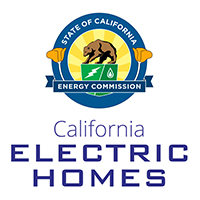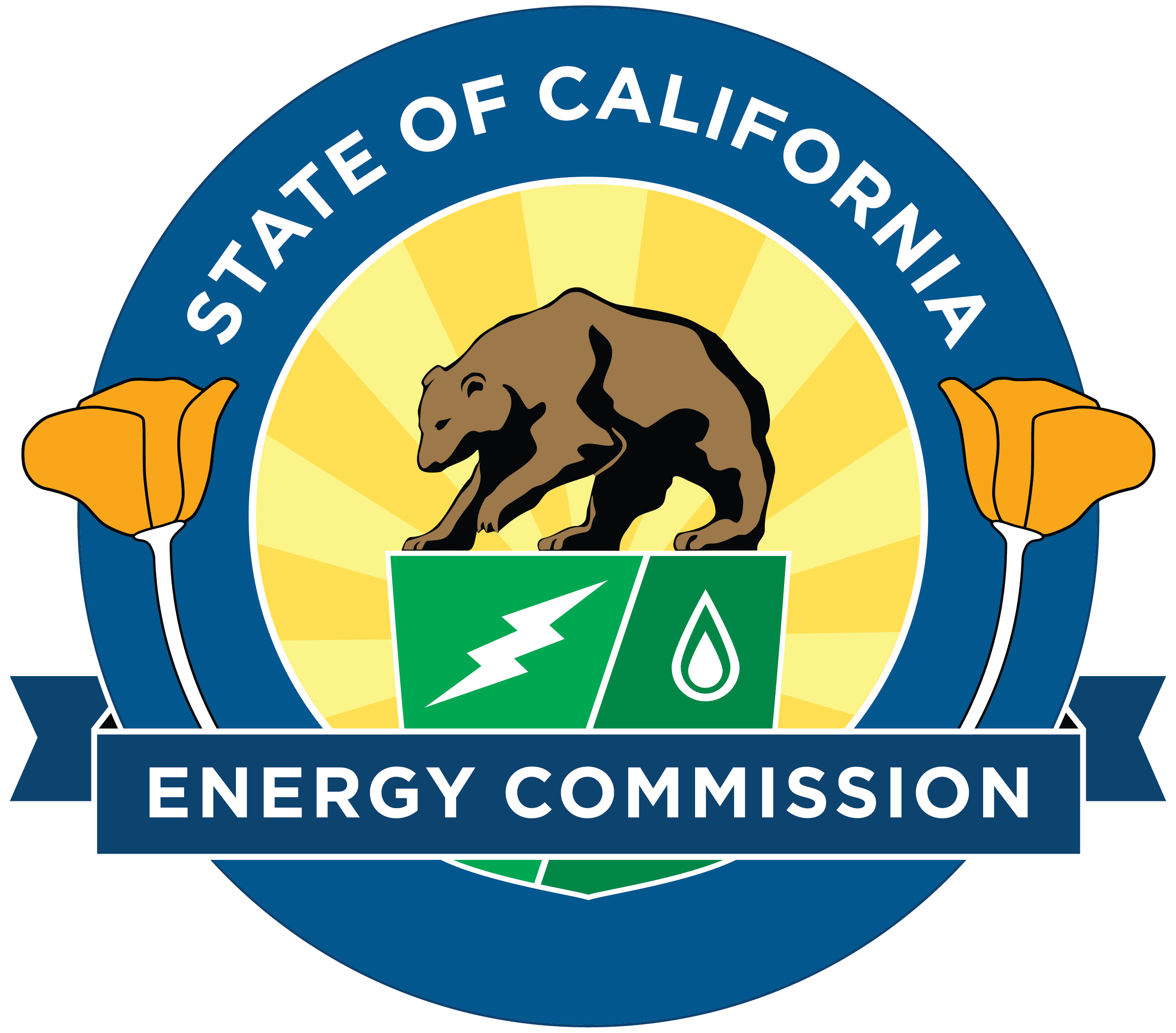California Electric Homes Program
The California Electric Homes Program provides technical assistance and financial incentives to residential developers and builders constructing new, market-rate homes with all-electric appliances and equipment. The program supports all-electric new construction practices, drives energy savings, and supports California’s advanced energy efficiency policy goals.
Funded by the California Energy Commission, the California Electric Homes program incentivizes the construction of all-electric buildings and the installation of energy storage systems and other technologies that would not otherwise be constructed or installed, as specified. The statewide program offers incentives to the following market rate residential new construction building types:
Single family
Including duplexes, triplexes, townhomes, and ADUs
Multifamily
Including low-rise,
high-rise, and condominiums

Manufactured homes
Eligibility
The Electric Homes program requires all participating projects to have 100% all-electric residential spaces, including residential common areas.
Program prerequisites include:
- Communicating thermostats
- Induction cooking
- Heat pump water heating
- Heat pump space heating
- Segregated circuits
- Thermostatic mixing valves





